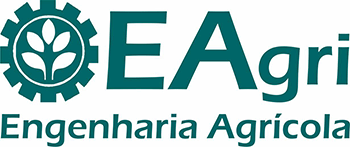Resumo em Inglês:
ABSTRACT Accurate crop classification, crucial for a macro-level understanding of food production, formulating relevant agricultural policies, and predicting comprehensive agricultural productivity, enables precise crop distribution. In remote sensing image classification, feature selection and representation play a pivotal role in accuracy. An augmented U-Net algorithm, named ASPP-SAM-UNet, integrating spatial attention mechanisms and multi-scale features is proposed for the enhancement of typical crop classification accuracy in remote sensing. The ASPP-SAM-UNet design integrates features over multiple scales, boosts the representational capacity of shallow features, and expands the neural network’s receptive field by incorporating Atrous Spatial Pyramid Pooling (ASPP) into the convolutional components of the standard U-Net encoder via residual connections. The integration of the residual module allows for a profound fusion of deep and shallow features, thereby enhancing their utility. The spatial attention mechanism amalgamates spatial and semantic information, empowering the decoder to reclaim more spatial information. This study focused on Bayan County, Harbin City, Heilongjiang Province, China, employing GF-6 WFV remote sensing images for crop classification. Empirical outcomes showed a significant improvement in classification accuracy with the advanced algorithm, boosting the overall accuracy (OA) from 89.49 to 92.80%. Specifically, the segmentation accuracy for maize, rice, and soybean increased from 89.90, 89.96, and 87.37% to 93.47, 94.82, and 89.35%, respectively. The suggested algorithm offers a pioneering performance standard for crop classification leveraging GF-6 WFV remote sensing imagery.
